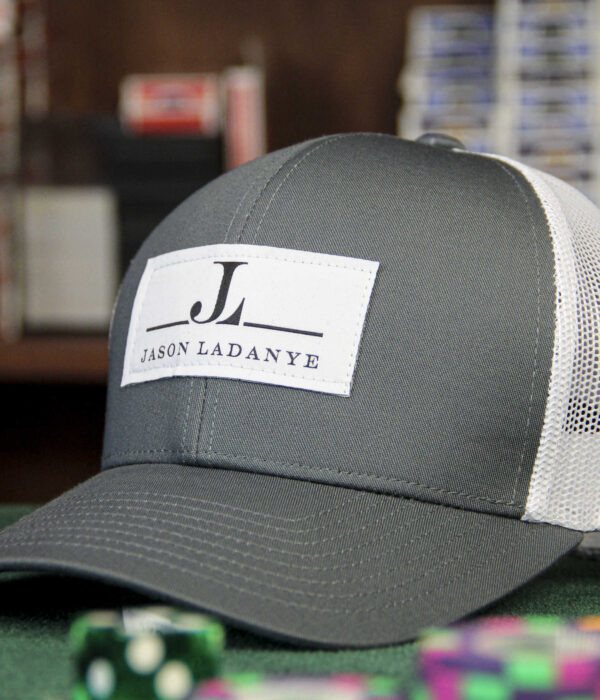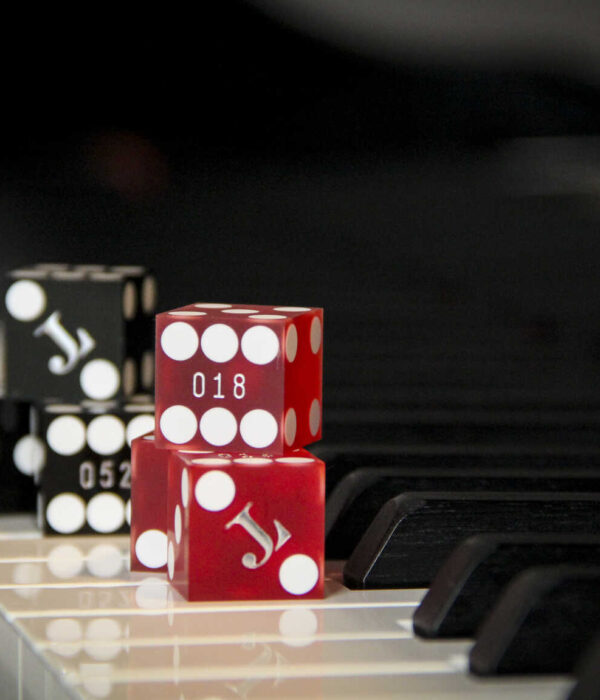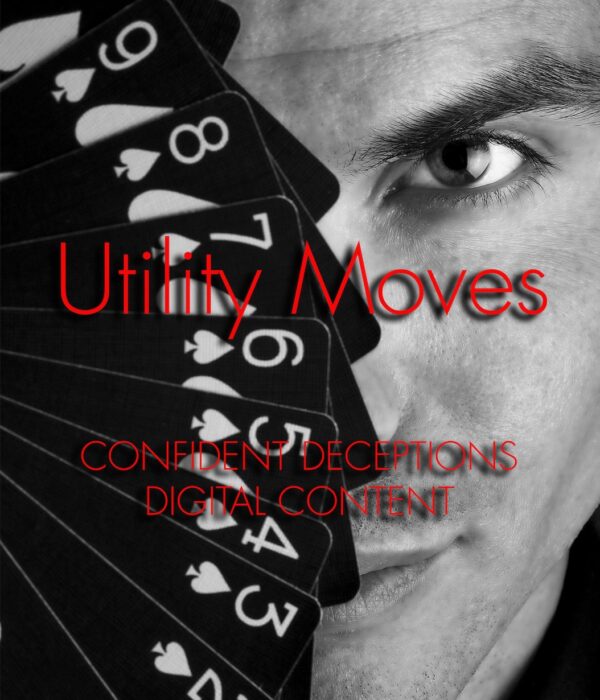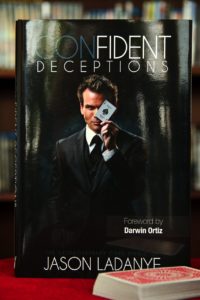One of the most important things I consider in any effect, and even my entire act, is progression. I always make sure that I start small and end big.
What is progression within an effect? Let’s look at my effect, Through and Through from Confident Deceptions as an example. I start by pushing a single playing card through the tabletop. To finish the effect, I push the entire deck through the table. That seems more difficult to the audience and will get a bigger reaction. Imagine doing the effect backwards. If I pushed the deck through the table first, and then just a single playing card, it wouldn’t be as impressive. Imagine Michael Jordan sinking a half-court shot and then asking if you’d like to see him make one from the foul line. You wouldn’t be impressed because you know he’s capable of so much more.
Let’s look at another example. Recently on a popular internet forum, someone pointed out that my closer, Best for Last had no progression. I lolled. If you’re unfamiliar with the effect, I open a brand new deck of cards and thoroughly shuffle the deck. Then I produce every hand of poker from lowest to highest. That right there is progression. However, throughout the effect I keep raising the bar. At first, I’m only cutting to the hands. Later in the effect, I start shuffling the deck while still producing the hands. Then I stack two poker hands for a three-handed game. Finally I stack four poker hands for a four-handed game. The effect ends with me receiving a royal flush in Spades. Can you see the progression? Again, imagine the opposite and how poorly it would play: The performer stacks four hands of poker and gets a great reaction. Then he produces a pair of fives. The audience would surely politely applaud wondering why you’re showing far less of an impressive feat.
The stacking part of Best for Last is essential to making the effect build properly. If I only used cuts to locate every poker hand, the audience wouldn’t care as much. Let’s use the basketball analogy again. After Jordan sinks 49 three-pointers, would you really be impressed if he made the 50th one? He’s established that he can do it. We need harder conditions to build progression. Now, offering to sink two basketballs from half court with his back turned will make us think, “Okay, now let’s see you do it.”
As I said earlier, progression must be part of your act as well. In the beginning of your set you should be performing strong material. But make sure it continuously gets stronger all the way to your last effect. (That’s why Best for Last is always a closer. Even the very name of the effect implies progression.)
Another easy place to study the use of progression is action movies. The big fight or the big car chase is always at the end. Sure the movies will always have lots of action from the beginning to the end, but take note how each sequence is more intense than the last. Make sure that your effects and your act follow this simple formula so you keep the audience engaged throughout your entire show.









Comments are closed.
I think progression was precisely the reason my last gig did not get the reactions I was expecting. Thank you for this clear and helpfull perspective on this matter.